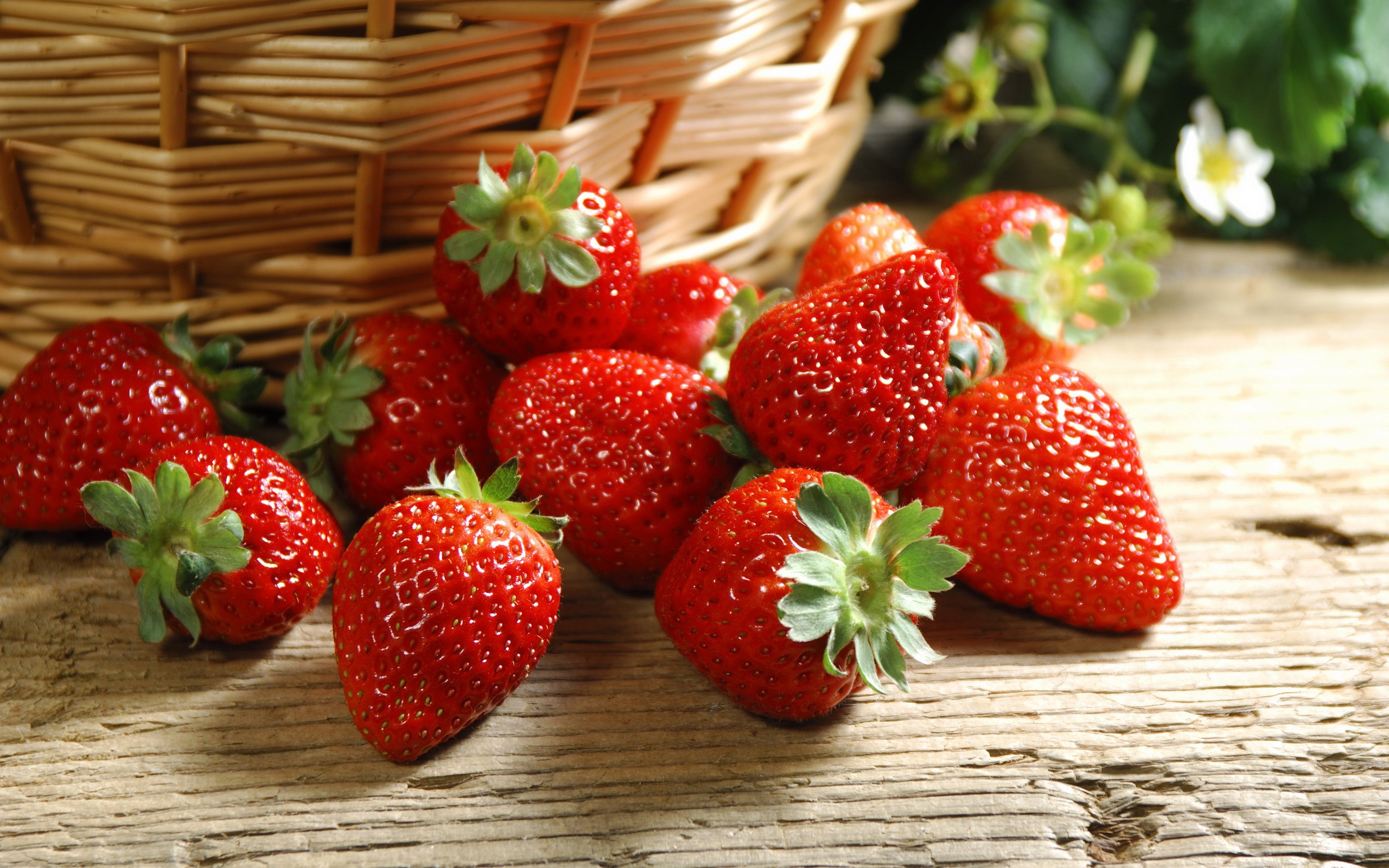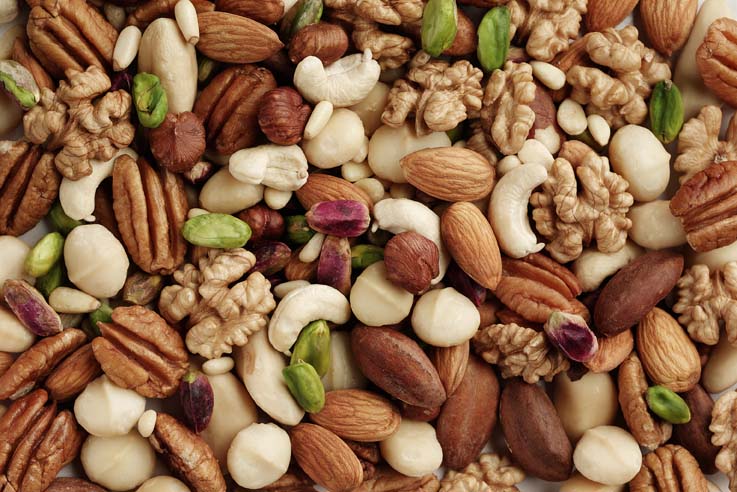
The global fresh fruit and vegetable trade and the ranks of the world’s leading produce exporters are undergoing significant changes, according to Rabobank.
Evolving tastes and preferences in developed countries, and rising incomes in developing countries are supporting the growing value of global fresh fruit and vegetable (F&V) trade observed in recent years.
At the same time, a new breed of producer countries are rising to meet these export opportunities, according to the Rabobank report ‘New World Order? Up-and-Coming Players in the Fresh Produce Trade’.
Consumers worldwide are increasingly demanding a higher-value and more interesting range of fruits and vegetables.

The result is that, while the volume of fresh fruit and vegetable consumption around the world is barely increasing, the value of global fruit and vegetable trade is rising.
The sector is spurred on by new developing markets such as China and the higher evolution of established markets such as the US.
These countries are the major contributors to growth in global fruit and vegetables (F&V) import demand.
But others like Thailand, Malaysia, South Korea and the United Arab Emirates have also become promising markets.
The growing role in global trade
While the European market might not be the growth engine for global exporters it once was, it nevertheless remains a very large and growing import market.
The growth in nut and banana imports has been prominent, but rising demand for many other fruit and vegetable categories has also been creating opportunities, especially for producers in nearby countries such as Morocco and Turkey.
Well-established fruit and vegetable exporters like those in New Zealand, the US, Australia and Chile are naturally looking to play a growing role in global trade.
But up-and-coming exporting nations such as Mexico and Peru are rising in prominence and proving worthy competitors.
Other producer nations such as Morocco, Thailand and Vietnam are also strategically well-placed to capitalise, as they look to better organise and orientate themselves to meet the product and quality requirements of today’s high-value import markets.
What’s more, local suppliers in markets such as China are also actively investing to better compete with imported produce and meet growing demand for affordable produce in the nearby region.
"As new and ambitious fresh horticultural produce suppliers such as Mexico and Peru quickly establish their credentials on the world stage, it pays for those among the more-established exporting nations to once again assess how they are positioned to compete and grow in the export markets of tomorrow”, says Marc Soccio, senior Horticulture analyst at Rabobank.
